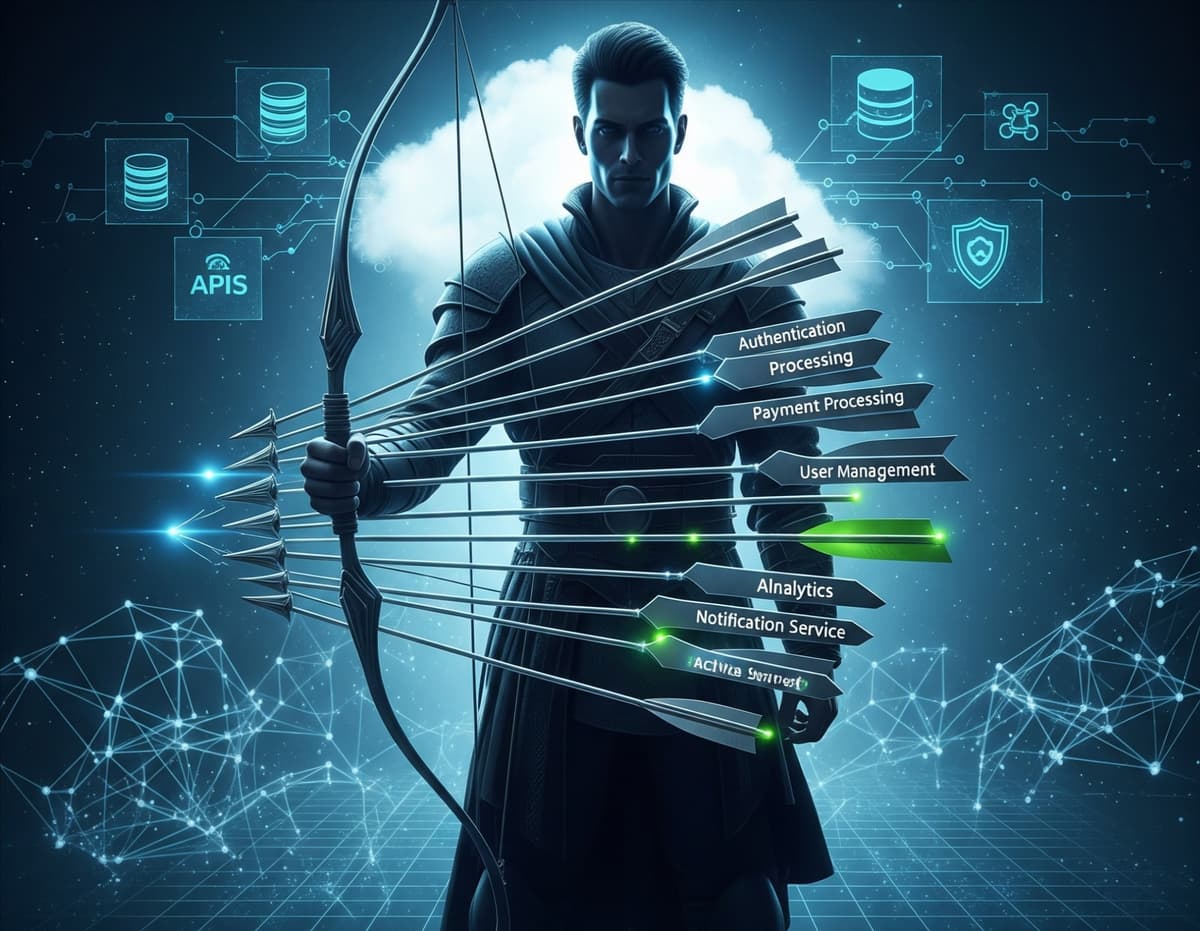Why Monoliths Miss the Mark
Traditional monolithic architectures bundle all functionality into a single, tightly coupled application. While this might seem straightforward initially, monoliths pose significant challenges when deployed in modern cloud environments.
One of the biggest limitations is scalability. Since everything is packed together, you have to scale the entire app, even if only a small component is under heavy load. This leads to inefficient cloud resource usage and higher operational costs.
Deployments become cumbersome as well. A minor code change requires redeploying the whole application, slowing down release cycles and limiting your ability to quickly deliver features or fixes.
Monoliths also tie you to a fixed technology stack, restricting your ability to use cloud-native tools or languages best suited for specific tasks. Most critically, they create a single point of failure a bug or security flaw in one area can jeopardize the entire system.
Microservices as Precision Tools
Microservices architecture offers a different approach: break down your application into small, autonomous services aligned with business capabilities. Each microservice can be developed, deployed, and scaled independently, making it a perfect fit for the cloud.
Cloud environments thrive on this modularity. You can scale high-demand services automatically without wasting resources on underused components. Independent deployments enable your teams to push updates faster and with less risk, accelerating innovation.
Using multiple technologies from Node.js to Python to Go, each service can leverage the best tool for its job. This flexibility improves development efficiency and system robustness.
Security benefits are equally compelling. Isolating services limits the impact of breaches. If one microservice is compromised, the attack surface is contained, and other parts of the system remain unaffected.
Communication between services relies on secure APIs, often protected with encryption and strict authentication protocols, ensuring data remains safe as it travels across your architecture.
Security Considerations in Distributed Systems
The shift to microservices brings new security challenges that must be addressed thoughtfully:
-
Encrypt Service-to-Service Communication: All internal API traffic should be secured with TLS/SSL to prevent interception.
-
Implement Robust Authentication: Centralized identity management (like OAuth 2.0 or JWT tokens) ensures only authorized services communicate.
-
Adopt a Zero Trust Model: Never assume internal traffic is safe. Authenticate and authorize every request, continuously monitor activity, and log all access.
-
Harden APIs: Use rate limiting, input validation, and versioning to protect against injection attacks, DoS, and other common threats.
-
Secure Containers and Orchestration: Regularly update container images, scan for vulnerabilities, and configure orchestration platforms like Kubernetes securely.
Together, these practices protect your microservices architecture without sacrificing agility.
Embrace the Cloud-Native Quiver
Moving from monolithic apps to microservices is more than a tech upgrade, it’s a strategic shift toward cloud-native agility and security. Microservices let your teams innovate faster, scale smarter, and isolate faults to keep your system resilient.
But with great power comes complexity. Ensuring security in a distributed system demands rigorous practices and constant vigilance.
Organizations that master the “quiver effect” of microservices leveraging precision, flexibility, and robust security will gain a decisive edge in today’s fast-evolving digital landscape.


